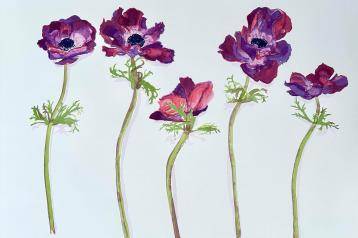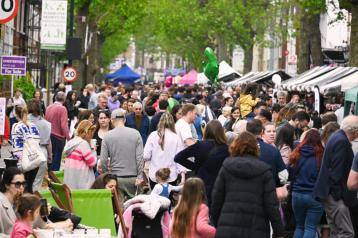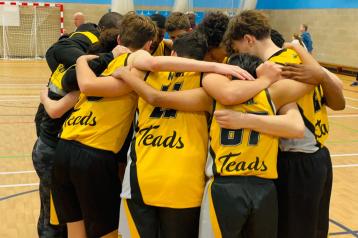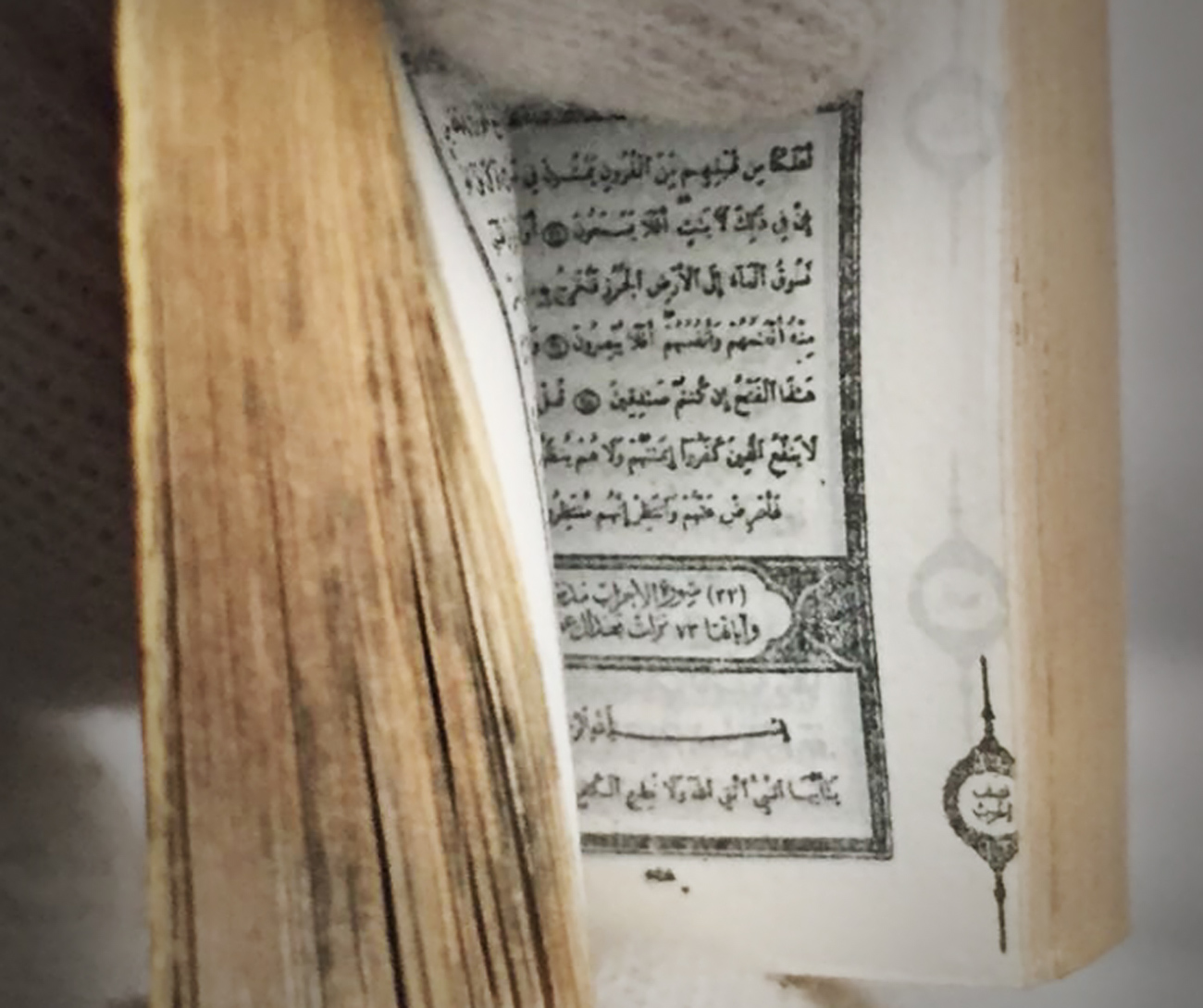
The miniature Qur’an, measuring just 2.5cm in height. PICTURE: EMERY WALKER’S HOUSE
New research has uncovered fascinating findings on how a Victorian family engaged with Islamic art and culture through their travels.
Published on the Emery Walker’s House website, it illustrates how engraver and photographer Emery Walker (1851-1933), close friend of William Morris (1834-96) and a Master of The Art Workers' Guild, travelled to Moorish Spain and Morocco and encouraged his family to follow in his footsteps.
Research funded by the Islamic Art and Material Culture Subject Specialist Network and conducted by researcher Sara Choudhrey details how a network of his contemporaries, including the Morris’s and playwright George Bernard Shaw, took an interest in Islamic visual and typographical forms and poetry which led to their acquiring objects related to the Islamic faith.
The web pages include a gallery of photographs and anecdotes from the archives of Emery Walker’s House with examples of some of the most beautiful and interesting objects in its collection.
One of the most intriguing items that the Walkers owned was a miniature Qur’an, the holy book of Islam containing the revelations sent from God to the Prophet Muhammad in the 7th century.

This Qur’an, measuring just 2.5cm in height, was produced by miniature book specialist David Bryce at the turn of the 20th century. Styled after Ottoman and Mughal examples, this production was enabled through the discovery of the lithography print method, allowing wider circulation of printed books.
The Qur’an is encased within a silver locket embossed with a swirling pattern and designed with a circular magnifying glass portal to the front. The small script would have otherwise been difficult for everyday reading, but encased as it was, and designed to be hung from a chain, it served a very practical purpose. These miniature Qur’ans were supplied to Muslim soldiers serving in the First World War, providing spiritual support.
Emery Walker House is the most authentic Arts & Crafts home in Britain and packed with artefacts collected on travels around Europe and Africa or created by Walker’s friends and colleagues, leading protagonists in the Arts & Crafts Movement.
For those who want to visit the house in person, it opens on Thursdays and Saturdays for one hour guided tours. The house has extended its tour season to the end of November, and included a display of the smaller Islamic items that are not usually on show. Tours are limited to just eight people, so early booking is advisable via the website: emerywalker.org.uk.

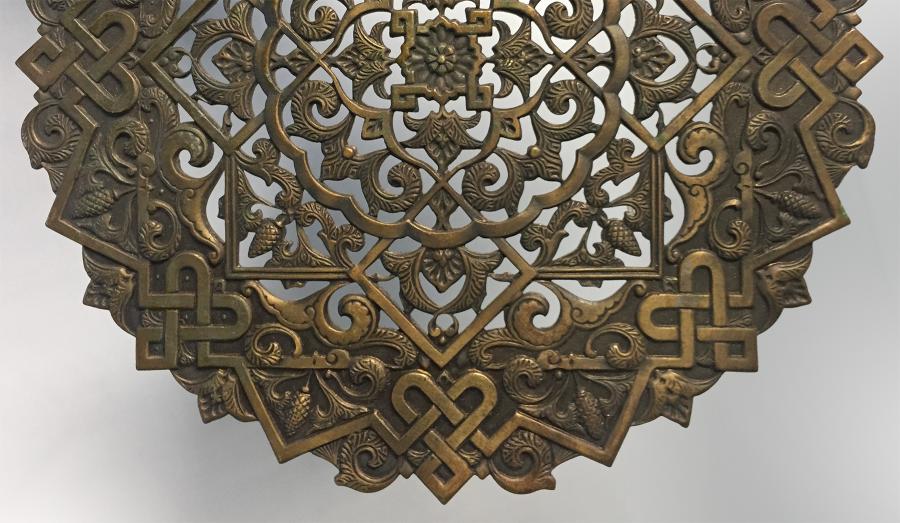
Want to read more news stories like this? Subscribe to our weekly e-news bulletin.
By sending us a comment, you are agreeing to our publishing policy.
